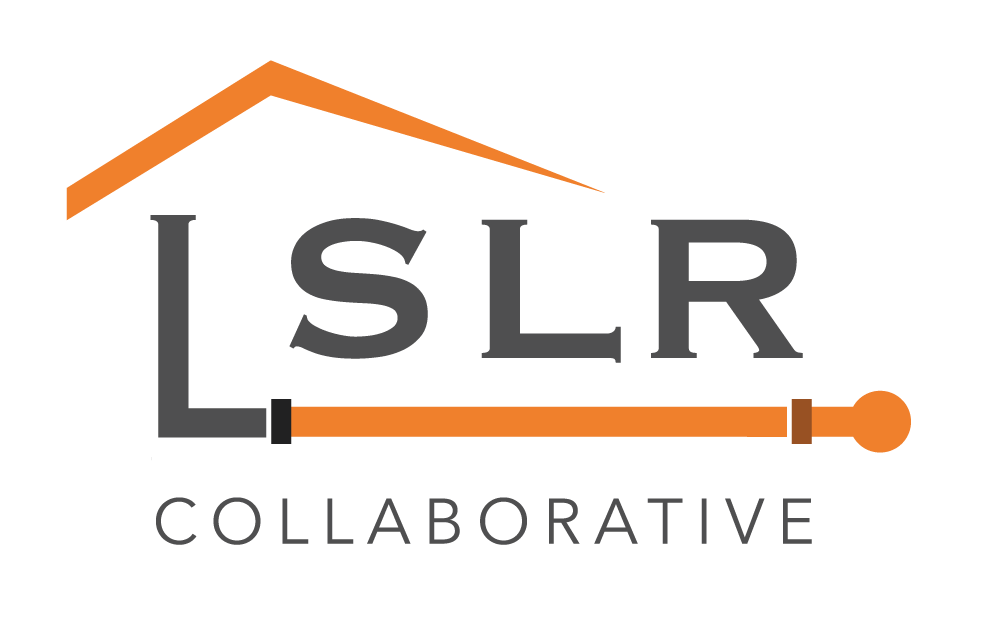|
See the full article. CINCINNATI (WKRC)- There are lead service lines in the entire Greater Cincinnati Water Works (GCWW) system. "We could find some houses that we test and find out there's undetectable traces of lead in the water," Jason DeLaet, the Enhanced Lead Program Manager for the Greater Cincinnati Water Works said. "We could go a couple houses down and then there are some higher detected levels of lead." About 38,000 of the more than 43,000 homes with lead service lines are within the city of Cincinnati. GCWW said the lead isn't creating an issue because the water works adds chemicals to keep the lead from leaching into your drinking water. "We create an internal film on the lead service lines. So, think of it as a barrier between the water that is running through the lead service line and the actual lead material itself," DeLaet said. When people hear lead pipes, most immediately think about the water crisis in Flint, Michigan when it switched its water supply several years ago. "In the switch then, they decided for a time period, not to use corrosion control and because of that we ultimately see what happened," Jeff Swertfeger, the Superintendent of Water Quality for the Greater Cincinnati Water Works said. "Here in Cincinnati, we know the importance of corrosion control. We believe that, that's a very crucial step in water treatment and we make sure we do a great job with that every day." Even with the internal protective film, lead can still find its way into your glass. So, the water works offers free lead test kits.
It's also offering to help cover some of the cost to replace the lead service lines that come into your house but even with the financial help, costs can still be thousands of dollars. "We understand that not everyone can afford that and that there's communities, certain areas and communities and certain individuals that still struggle day to day on their bills and we actually have a customer assistance program to help those individuals," DeLaet said. The HELP program is income based and offers more financial assistance for low income families. If you live in Cincinnati, you can spread out the cost of replacement over ten years through a tax assessment program and a zero-interest loan. There is a map feature to see which properties have lead lines on the private and public service side. The map is not guaranteed to be correct though. Click here to learn how to check for yourself. Let the water company know if it has a mistake on it by calling (513) 651-LEAD (5323). Comments are closed.
|
Have a suggestion for an article or blog to add?
Let us know! Type
All
Date
April 2023
|


 RSS Feed
RSS Feed